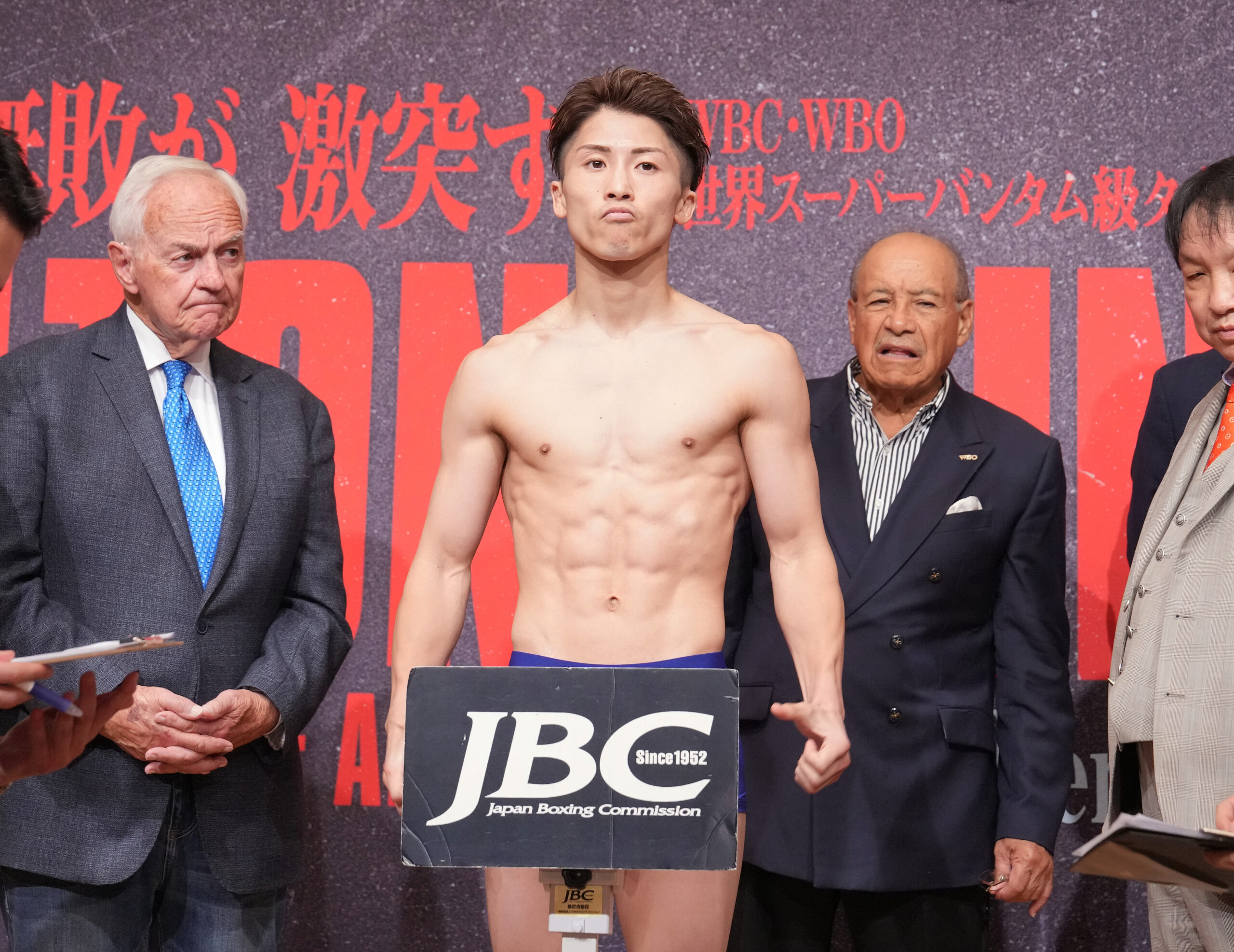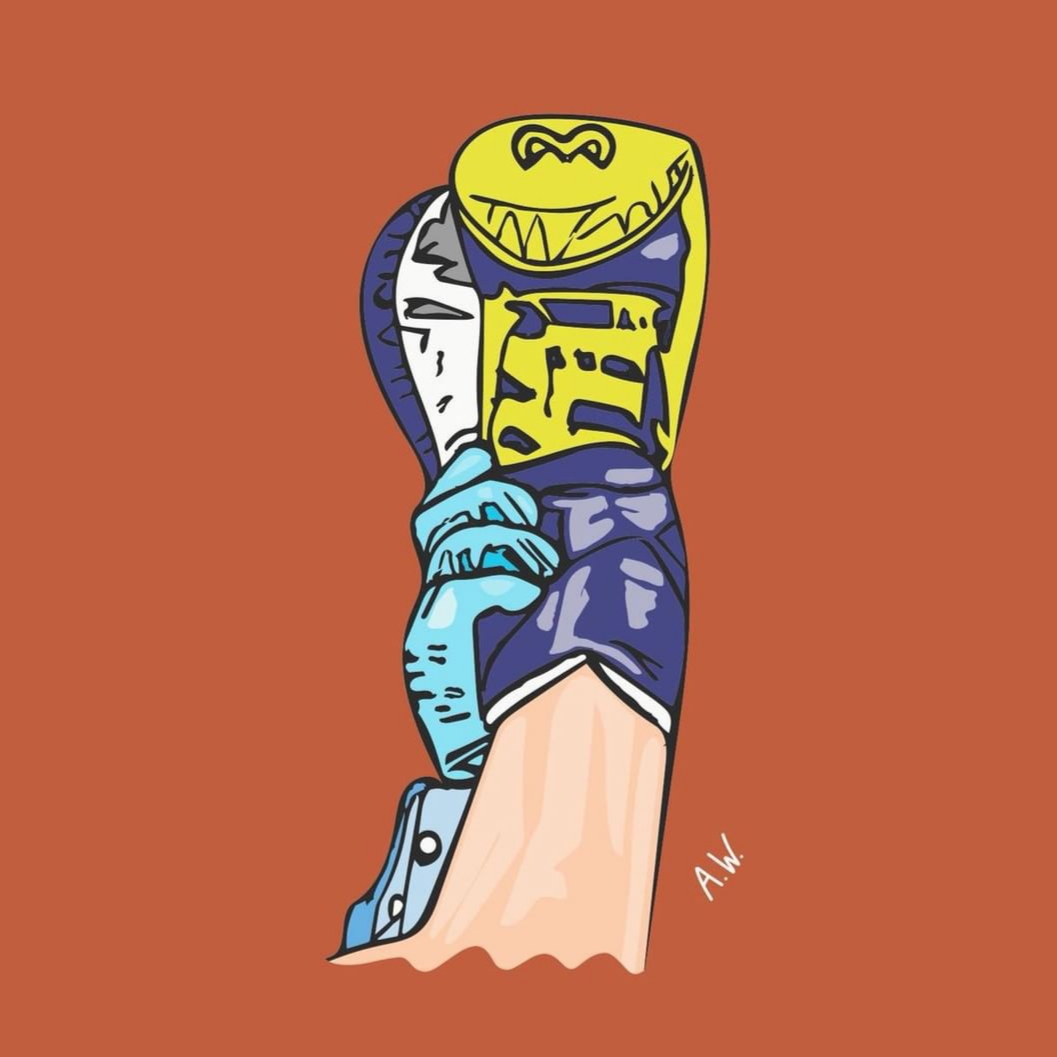By Jimmy Tobin-

When Ukranian Vasyl “Hi-Tech” Lomachenko entered the ring at Madison Square Garden on Saturday night he did so as a nearly -1400 betting favorite. Those odds, near criminal, were soon rendered absurd. Across the ring, Venezuela’s Jorge “El Nino de Oro” Linares stood at the pinnacle of his career. For years Linares had traversed the globe, refurbishing himself, grinding his way back to relevance after a pair of brutal stoppages nearly extinguished him. Linares fought on this and that opponent’s turf, off television, away from the bright lights he was supposed to occupy fixedly nearly a decade ago—all this to stand cornered in what looked very much like a cashout well-earned.
He met the end those odds predicted, did Linares, but not in the manner they implied. Linares was subducted by Lomachenko, like the ocean’s crust rolled over by its continental counterpoint, and the result of their collision was fittingly volcanic. Lomachenko and Linares produced as compelling a prizefight as the year is likely to offer, one whose finish, sudden and satisfying, was both apropos and unexpected. In the tenth, Lomachenko shanked Linares with a left hook best discerned by the agony in its aftermath. Try as he might, Linares could not beat the count; unable to straighten himself, the fight ended with him stuck in a bow, a gesture he had every right to take.
You have what you wanted now, don’t you? You who have long wanted to see Lomachenko challenged, who have gnashed your teeth and cramped your thumbs fighting against the “Hi-Tech” hyperbole. Because Lomachenko looked appreciably human against Linares. Those confounding angles of his? Linares had an answer for them, mirroring Lomachenko’s pivots and firing straight shots as soon as he set his feet. The volume, those cascades of punches both throwaway and evil that Lomachenko uses to plague and punish? Linares met them in kind, knowing—as any opponent must—that Lomachenko’s chin cannot securely be hidden in such activity, and daring—as few opponents do—to find it.
Linares tagged Lomachenko with some consistency, but never more cleanly than he did in the sixth, when his right hand speared an arrogantly lackadaisical Lomachenko square in the face and spilled him for the first time in his professional career.
And it was here that you too got what you wanted, didn’t you? You who have bided your time while Lomachenko dismissed opponents uninspiring and outgunned, while you waited for him to prove himself deserving of the present if not historical—or mythical—accolades those paid to fawn over him have shoveled tirelessly. He earned enough of those Saturday to stop wondering about his grit, his champion’s comportment. Lomachenko is a fighter; it took three divisions and a significant size disadvantage to prove it—it also only took twelve fights.
Because there is nothing Lomachenko failed to deliver Saturday night. If you thought Linares hit him too frequently, too hard, then you are forced to concede that Lomachenko can take a lightweight punch. If you saw him slip, parry, roll with many of the punches Linares was credited for landing, well, all the better. Did you wonder how he would react when hurt? Linares showed you in the sixth—because Lomachenko was indeed hurt by that right hand, evidenced both by how uncharacteristically hurried he was in proving otherwise and how he fought the seventh.
He learned from it too, acknowledging his miscalculation afterward: “I knew about this punch, but I thought I already did what I needed to do. I was wrong and he caught me,” before adding, “He’s [Linares] a great fighter and he gave me one more lesson in boxing.” Post-lesson, Lomachenko adjusted his range and took the fight inside to first unseam and then hepatectomize his most dangerous opponent yet.
Was Saturday not confirmation of Lomachenko’s championship mettle? Is not getting up from a knockdown to win by stoppage what champions do? And would you not rather a fighter get caught for his pursuit of the knockout, than have him skirt the perimeter of peril, eschewing drama for dominance and the excuses such (even artful) preservation demands of a man who fights for a living?
The fight was reminiscent of last year’s rumble between Anthony Joshua and Wladimir Klitschko, where the victor’s vulnerability served primarily to further ratify him, and the loser, through his valiance, his agency in that ratification, earned greater accolades than he had garnered in any victory; where we learned the winner is not flawless, no, but that he is something better: a fighter who will calibrate his performance to the stakes, and in doing show why boxing, at its finest, knows no rival.
That does not make Lomachenko a historically great fighter (yet), and anyone with the time and interest could find a way to begrime his winning titles in three divisions quicker than any fighter in history. Such is the nature of boxing, such is the nature of its fans. The talk, spouted by manager Egis Klimas, of Lomachenko moving to junior welterweight should be tempered for now, especially considering the qualifier Klimas offered for the move: that Lomachenko won’t be at his best until he is challenged. Linares provided that challenge, teaching Lomachenko the perils of physics (that moving up in weight inevitably brings a fighter closer to his ceiling). Mikey Garcia could deliver that message with greater force, and so long as both Lomachenko and Garcia prowl the lightweight division both have unfinished business there—and both twiddle their thumbs with any other opponent.
But for perhaps the first time since his third bout, when he dismantled Gary Russell Jr., the answer to the question of what we want from Lomachenko is “more of the same.” This column once remarked of Lomachenko that he is a fighter who “in the minds of aficionados live primarily in the future.” Saturday the future arrived.

























